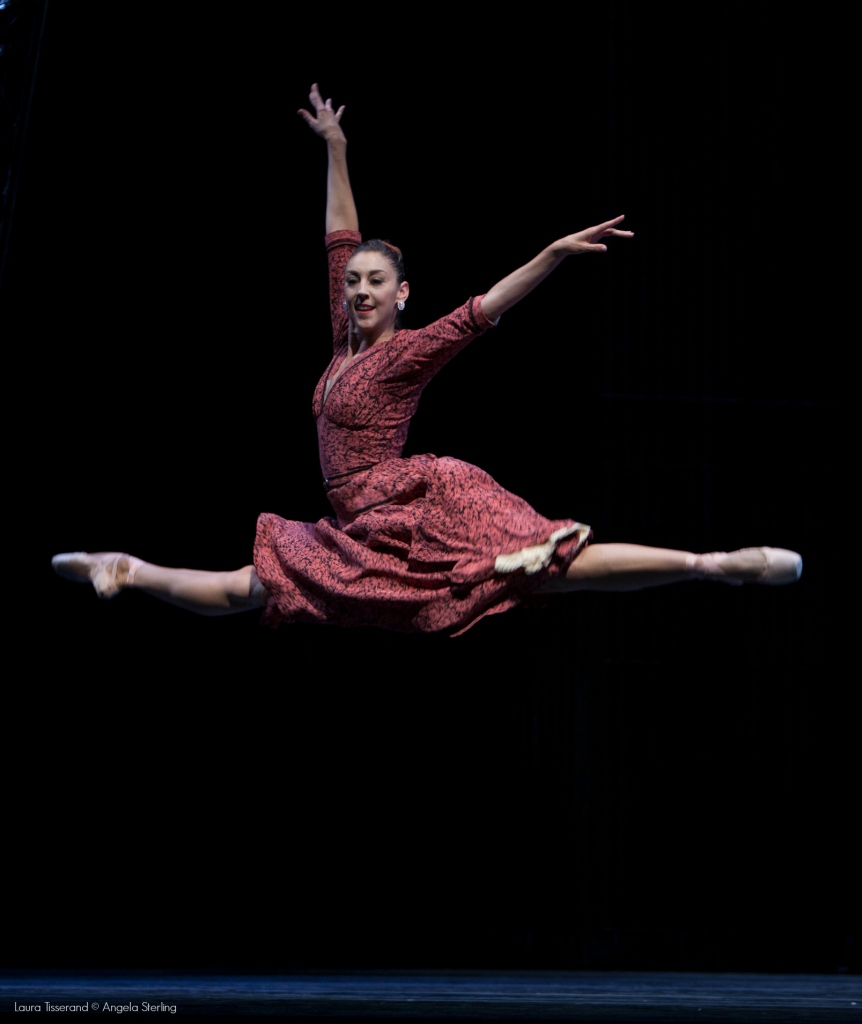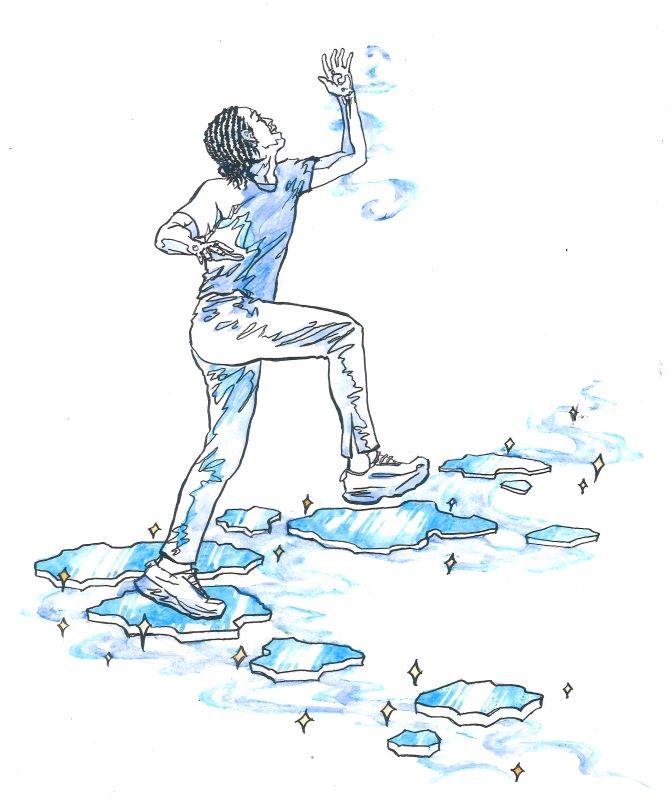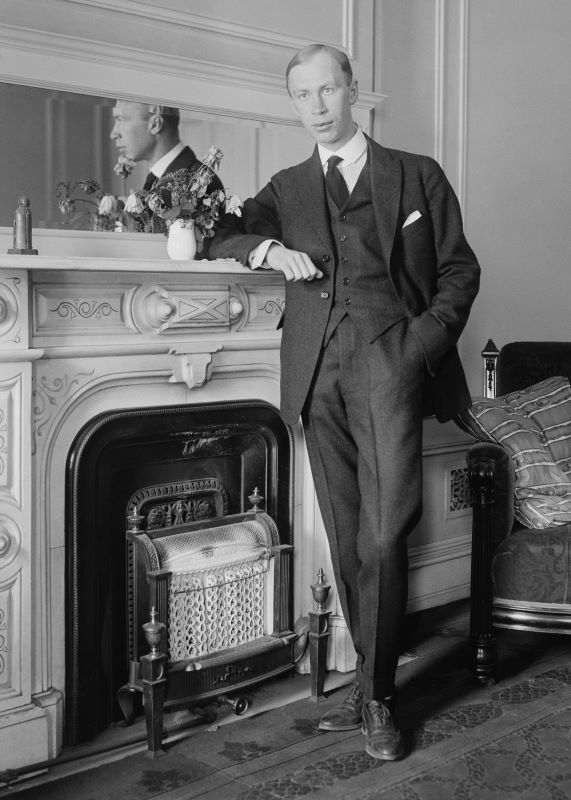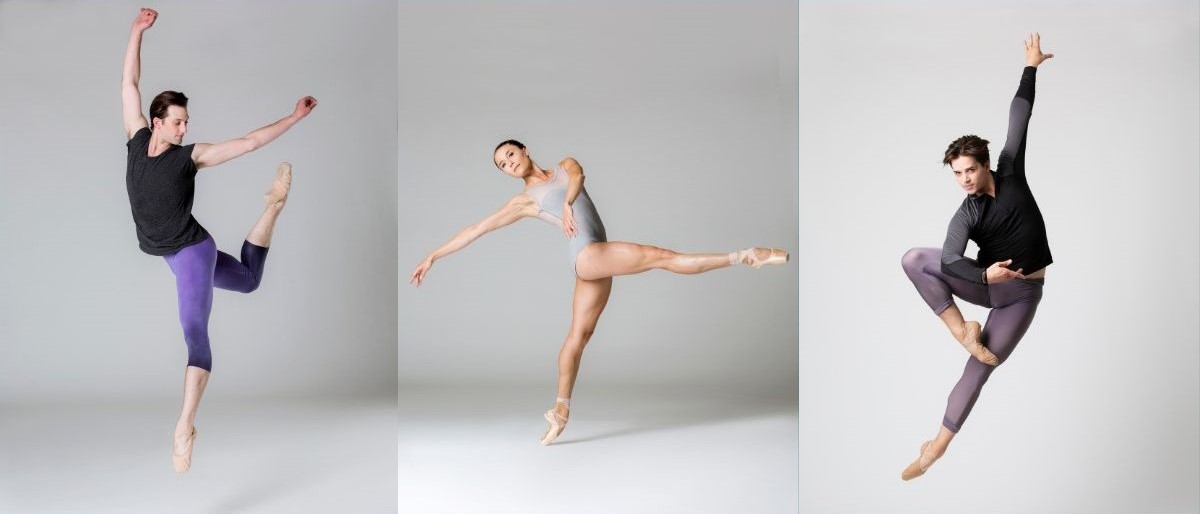
As dancers, we are drawn to routine and habit. From the pliés and tendus we execute every day in ballet class to the foods we eat before performances, it’s all part of a perfectly choreographed dance—one we are deeply familiar with. Our formula for success is repetition and, while boring to some, it is essential for most of us.

To say Twyla Tharp is a creature of habit would be putting it mildly. Over the years, the routine she’s developed for her life includes two-hour workouts in the morning and a half pound of roast beef at lunch. She’s never without her white tennis shoes and baggy shirt—or her quick wit and sarcastic sense of humor. For such a tiny lady, she packs a powerful punch. We were privy to Twyla’s unique habits and routines (and so much more!) when she came to choreograph a new work on PNB in August 2013. I myself hadn’t previously worked with Twyla and was in the second cast of the ballet she was choreographing when she arrived. Here’s a tidbit about Twyla: she hates working with two casts. It’s nothing personal; she just likes to focus her choreography on one group instead of many. That’s foreign to us; most of the time ballets have at least two casts, both of which are rehearsed equally and usually both end up performing. But Twyla is the exception to many rules. Taking it one step further, she doesn’t like a lot of “clutter” (read: second cast) in the background, so more often than not we found ourselves banished to the side of the room so she could focus on the first cast. It was no easy task picking up her already tricky choreography while smashed between the barre and the piano, but day after day, we absorbed as much as we could in the little space we had and prayed we wouldn’t have to step in. To be clear, it wasn’t that we didn’t want to dance; it was just that learning steps on the side and executing them in the space are two very different things, so to be thrown in with no warning can be nerve-wracking, to say the least. Especially when there is partnering involved.

Lo and behold, of course, I found myself in this exact situation one sunny August afternoon. A run-through of the ballet had just begun, and my fellow second-casters and I were trying to make ourselves invisible on the side of the room. Long story short, the person I was covering hurt herself in that rehearsal—much to Twyla’s dismay. A wave of panic rushed over me as I heard her bellow, “Ugh, great. Second cast, you’re in.” Feigning confidence (as most dancers do on a daily basis), I got up and took my place next to Jonathan. I know you’re probably thinking, “Aren’t you a little tall to partner with Jonathan?” Another Twyla tidbit: she’s all about the man and the woman dancing equally, with an emphasis on strong female choreography. No waifs or sylphs to be found here.
I remember a particular rehearsal where Jonny and I were struggling with a fast turn into a lift and were trying to finagle a way to make it work with our different heights. She informed us that if we did the step exactly as she choreographed it, in the timing she gave us, it would work. Much to everyone’s surprise (except Twyla’s), it did. So this was where Jonny and I found ourselves that August afternoon. Giving me a reassuring pat and a smirk, the music started and we continued where they had left off. I won’t lie and say everything went smoothly. It was far from smooth and Jonny had to drag me around for a lot of it, but miraculously, I got through without running into too many people.
We finished and I stood there waiting for Twyla to bark corrections at me. But to my surprise, there was no barking or criticism. In fact, she praised me for knowing what I was doing and stepping in. To be honest, I was a bit baffled, thinking to myself, Did she assume we weren’t paying attention in the back? After all, it’s our job to pick up the choreography, no matter how it’s delivered, so the fact that she was shocked I knew the steps took me by surprise. Don’t get me wrong; the corrections and sarcasm came soon after, but the respect she gained for me remained. This is a testament to the fact that Twyla favors hard work and intelligence over perfection any day, so the sole act of me stepping in and giving it my best shot was more than enough for her.

Interestingly, much of Twyla’s wisdom and approach to work translates outside of the studio as well. In life, we are often afraid to show up and “step in,” so to speak, but we couldn’t be doing ourselves more of a disservice if we tried. Perfectionism is the killer of creativity and stunts growth, but many of us are stifled by the appearance of perfection and never making mistakes. Twyla has said, “Ultimately, there is no such thing as failure. There are lessons learned in different ways.” Reflecting on my early years of dancing, I can think of so many wasted opportunities because I was afraid to step up. We’re all fallible, but it’s important to remember that sometimes the greatest things come out of the mistakes we make. The six weeks spent with Twyla were a series of ups and downs—a rollercoaster of emotions. But when all of that gets stripped away, it’s easy to see what she was getting to. At the end of the day, hard work and integrity trump everything else and are essential to the success of a dancer and a non-dancer alike. And maintaining a sense of humor while you’re at it? Every bit as vital as the rest of it.
Featured photo: Laura Tisserand and Jonathan Porretta in Twyla Tharp’s Waiting at the Station, photo © Angela Sterling.


